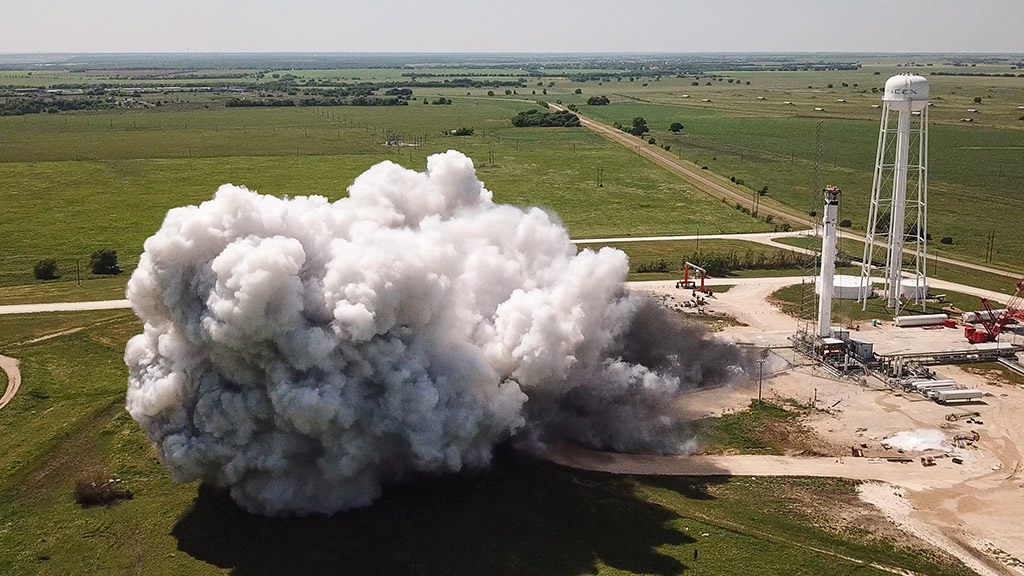

Space
SpaceX is already preparing for operational astronaut missions
While the world’s attention is focused on the return of orbital human spaceflight from US soil after a nearly decade long absence with the upcoming May 27th Crew Dragon Demo-2 mission, SpaceX is simultaneously preparing for the first Crew Dragon operational mission certified by NASA, dubbed Crew-1, slated to occur later this year.
On Friday, April 24th, SpaceX treated its Twitter followers to some rare imagery of static fire testing completed at the company’s development facility in McGregor, Texas. The company spotlighted a fresh-from-the-factory Falcon 9 booster and Falcon 9 second stage Merlin Vaccum (MVac) engine intended for the Crew-1 mission. Crew-1, the follow-up mission to May’s Demo-2 mission and SpaceX’s first operational human spaceflight mission for NASA, will propel a crew of three NASA astronauts and one JAXA astronaut in a Crew Dragon capsule to the International Space Station.
SpaceX also provided its followers with a view of the pristine second stage MVac engine of the Crew-1 mission before it was sent to Texas for testing. The one-hundredth production MVac engine is seen inside of SpaceX’s manufacturing facility located in Hawthorne, CA before being prepared for shipment. The second stage MVac engine is the only piece of Falcon 9 hardware that SpaceX does not actively recover and reuse, unlike the first-stage booster and protective payload fairing nosecone.
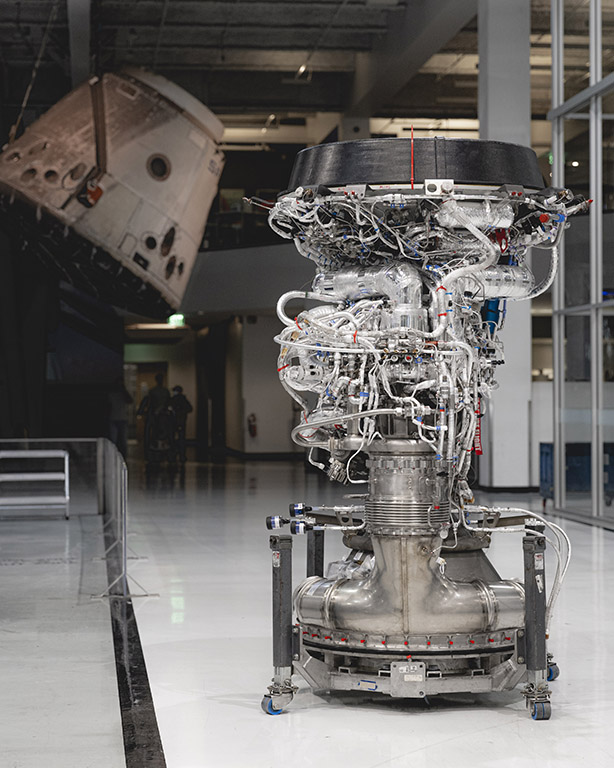
Part of the process
A static fire test is a typical occurrence before shipping the booster and second stage to Florida for payload integration and launch. The static fire process involves holding down the booster and igniting the engines to run for a full-duration firing. A similar test is also performed on with the second stage MVac engine. These test-fires are performed at the Mcgregor facility to proof the vehicle and check for any inconsistencies or off-nominal test readings that may occur before shipping to the vehicle to the launch site. Following the test-fire, the entire vehicle is inspected, cleaned, and prepared for shipment.
A test-fire in Mcgregor is not the last time the engines will be put through the paces before launch. Typically a week or so before the scheduled launch date, the Falcon 9 booster is transported to the launch pad. There, the booster is fully fueled with propellant while securely held to the launch mount. All nine Merlin-1D engines are once again ignited briefly (anywhere between 6 – 12 seconds) to test the propellant load process and collect engine-firing measurements such as temperature and pressure.
Certification before operation
Although the Crew-1 mission is tentatively on the books for later this year, SpaceX and the Crew Dragon capsule have yet to achieve NASA certification to begin operational missions to and from the International Space Station. The second orbital demonstration flight of the Crew Dragon capsule (Demo-2) will serve as the final end-to-end test of SpaceX’s crew transportation system.
However, SpaceX still faces a few obstacles before achieving a full go-ahead by NASA for the launch of Demo-2. As reported by SpaceNews.com NASA’s Aerospace Safety Advisory Panel (ASAP) met via teleconference on Thursday, April 23rd for a routine quarterly briefing. In that meeting, it was briefly discussed that there are still a few “technical items” that remain to be cleared by NASA before the launch of the Demo-2 mission.
Although not specified in the briefing – and likely to be followed up on during “part 2” of the ASAP meeting to be held in early May – those items likely refer to wrapping up the joint investigation of a recent in-flight engine failure of a Falcon 9 Merlin-1D engine and one more qualifying drop-test of the Crew Dragon Mark 3 parachutes. SpaceX, however, shows no plans letting formalities stop the preparation to support future astronaut missions.
Check out Teslarati’s newsletters for prompt updates, on-the-ground perspectives, and unique glimpses of SpaceX’s rocket launch and recovery processes.

Cybertruck
Tesla Cybertruck fleet takes over at SpaceX’s Starbase
Interestingly, the Cybertruck uses the same exterior, a stainless steel alloy, as SpaceX rockets. This synergy between the two companies and their very different products shows a very unified mentality between Musk companies.
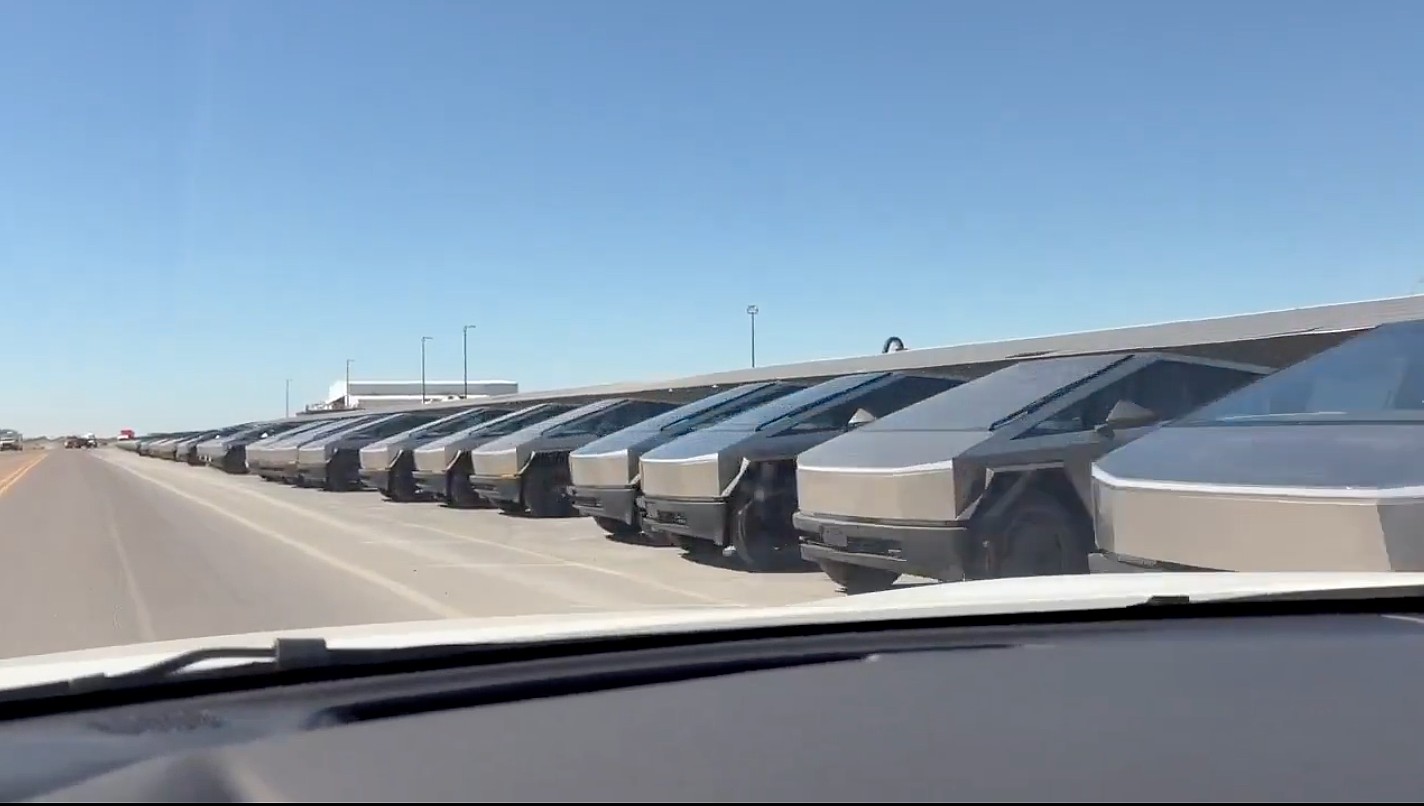
Tesla Cybertrucks have taken over at SpaceX’s Starbase facility in Texas, as hundreds of the all-electric pickup trucks were spotted late last week rounding out a massive fleet of vehicles.
The Cybertruck fleet is geared toward replacing gas vehicles that are used at Starbase for everyday operations. The only surprise about this is that it was not done sooner:
Was just visiting. pic.twitter.com/5Q9wPPaeuH
— Derek Li (@derek1ee) October 31, 2025
Deliveries have been going on for a few weeks, as Cybertrucks have made their way across the state of Texas from Austin to Starbase so they could be included in SpaceX’s fleet of vehicles at the facility.
Interestingly, the Cybertruck uses the same exterior, a stainless steel alloy, as SpaceX rockets. This synergy between the two companies and their very different products shows a very unified mentality between Musk companies.
However, there are some other perspectives to consider as SpaceX is utilizing such a massive fleet of Cybertrucks. Some media outlets (unsurprisingly) are seeing this as a move of weakness by both Tesla and SpaceX, as the aerospace company is, in a sense, “bailing out” lagging sales for the all-electric pickup.
It’s no secret that Tesla has struggled with the Cybertruck this year, and deliveries have been underwhelming in the sense that the company was anticipating between 1 million and 2 million orders for the vehicle before it was widely produced.
A lot of things changed with the Cybertruck between its 2019 unveiling and 2023 initial deliveries, most notably, price.
The price of the Cybertruck swelled significantly and priced out many of those who had pre-ordered it. Some have weighed the option of whether this purchase was a way to get rid of sitting inventory.
However, it seems more logical to consider the fact that SpaceX was likely always going to transition to Teslas for its fleet, especially at Starship, at some point.
It doesn’t seem out of the question that one Musk company would utilize another Musk company’s products, especially considering the Cybertruck has been teased as the vehicle that would be present on Mars.
News
SpaceX opens up free Starlink service for those impacted by Hurricane Melissa
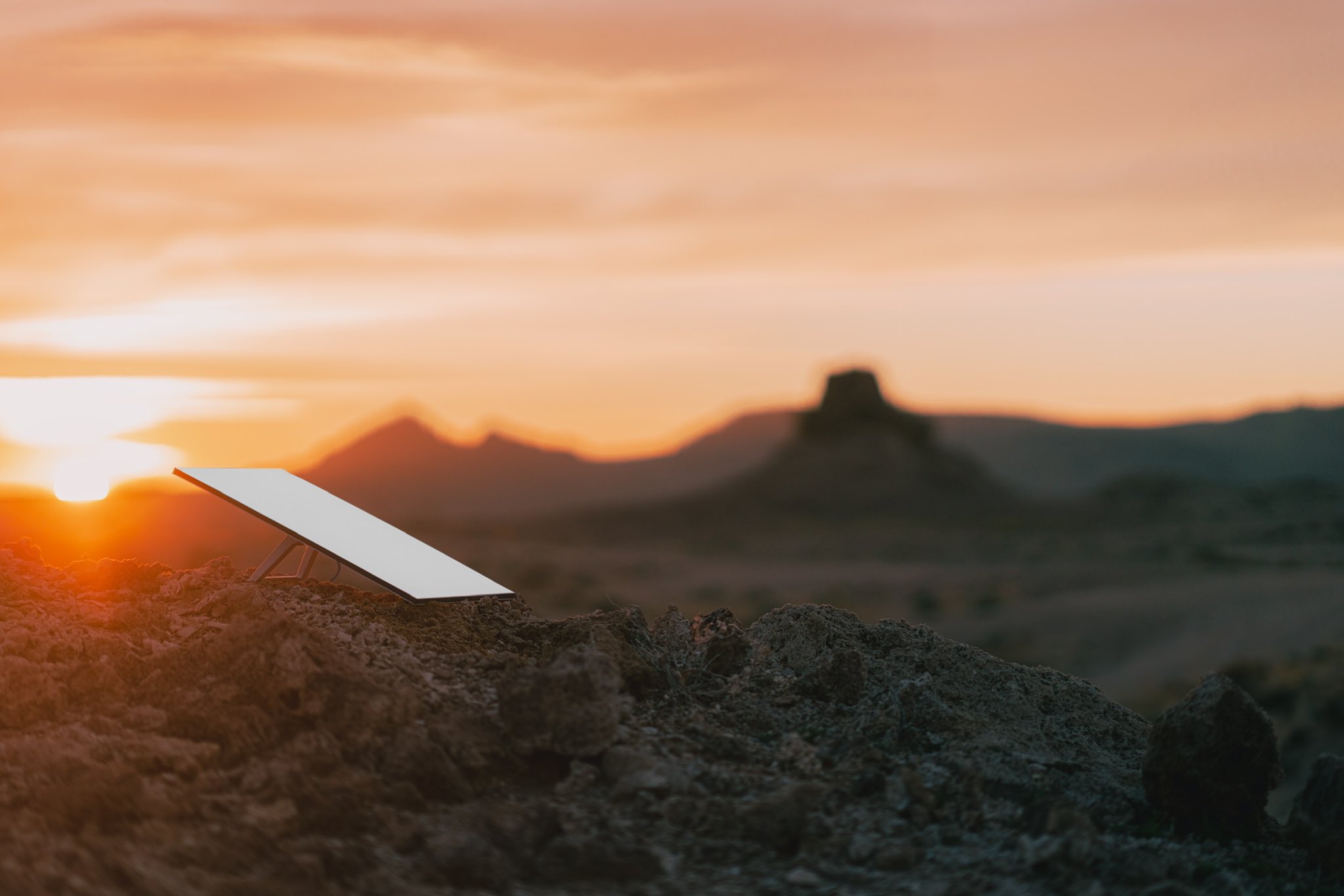
SpaceX is opening up its internet service, Starlink, to those impacted by Hurricane Melissa, as it made landfall in Jamaica and the Bahamas as a Category 5 storm.
Hurricane Melissa is expected to reach wind speeds of over 165 MPH over the next few days as it extends out into the Atlantic Ocean by Thursday and Friday.
Satellite imagery shows Hurricane #Melissa‘s growth from its formation on October 21 to a Category 5 hurricane through October 27, 2025. #HurricaneMelissa pic.twitter.com/goR3Hbgb9c
— The Weather Network (@weathernetwork) October 27, 2025
Citizens in Jamaica and the Bahamas have been preparing for the storm for the past week, getting necessary goods together and preparing for the massive storm to arrive. It finally did yesterday, and the first images and video of the storm are showing that it could destroy many parts of both countries.
Starlink is now being opened up for free until the end of November for those impacted by the storm in Jamaica and the Bahamas, SpaceX announced today:
For those impacted by Hurricane Melissa in Jamaica and the Bahamas, Starlink service is now free through the end of November to help with response and recovery efforts → https://t.co/fUko3xSviJ
— Starlink (@Starlink) October 28, 2025
It is a move similar to the one the company made last year as Hurricane Helene made its way through the United States, destroying homes and property across the East Coast. SpaceX offered free service for those impacted by the destruction caused by the storm.
The free Starlink service was available until the end of 2024.
Elon Musk’s companies have also made similar moves to help out those who are impacted by natural disasters. Tesla has offered Free Supercharging in the past, most notably during the California wildfires.
Tesla and SpaceX’s LA fire relief efforts: Cybertrucks, free Starlink and more
One major advantage of Starlink is that it is available for use in situations like this one, where power might be required to operate things like a modem and router.
Internet access is a crucial part of survival in these situations, especially as it can be the last leg some stand on to get in touch with emergency services or loved ones.
News
SpaceX reaches incredible Starlink milestone
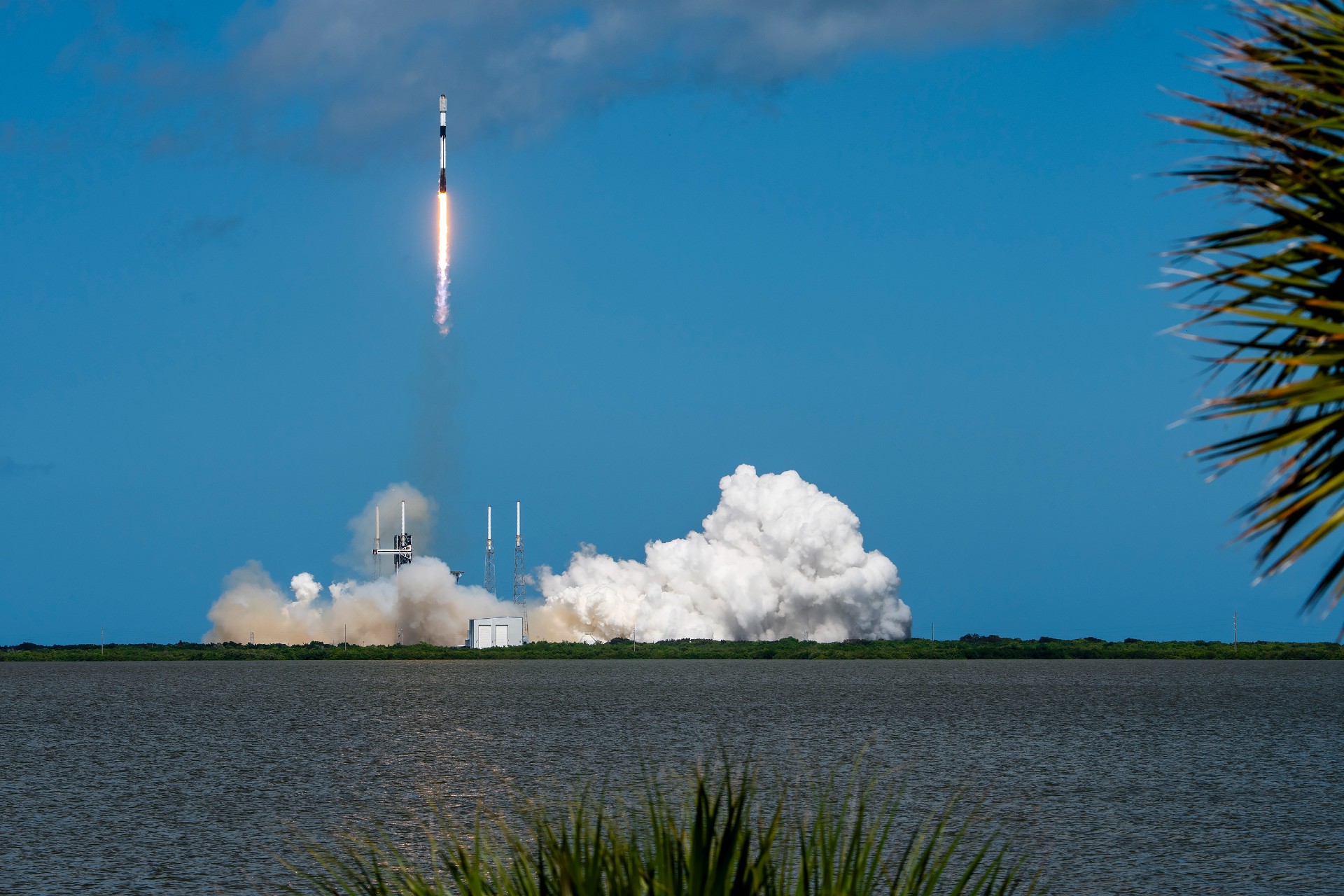
SpaceX has reached an incredible milestone with its Starlink program, officially surpassing 10,000 satellites launched into low Earth orbit since starting the program back in 2019.
Last Sunday, October 19, SpaceX launched its 131st and 132nd Falcon 9 missions of 2025, one from Cape Canaveral, Florida, and the other from Vandenberg, California.
The 10,000th Starlink satellite was aboard the launch from California, which was Starlink 11-19, and held 28 v2 mini optimized satellites.
The achievement was marked by a satellite tracker developed by Jonathan McDowell.
🚨 With its Falcon 9 launch last Sunday, SpaceX officially has 10,000 Starlink satellites in orbit pic.twitter.com/xS5RVZ4ix0
— TESLARATI (@Teslarati) October 26, 2025
The first Starlink launch was all the way back on May 23, 2019, as SpaceX launched its first 60 satellites from Cape Canaveral using a Falcon 9 rocket.
Of the over 10,000 satellites in orbit, the tracker says 8,608 are operational, as some are intentionally de-orbited after becoming faulty and destroyed in the atmosphere.
SpaceX has truly done some really incredible things during its development of the Starlink program, including launch coverage in a global setting, bringing along millions of active subscribers that use the service for personal and business use, locking up commercial partnerships, and more.
Starlink currently operates in around 150 countries, territories, and markets and is available at least somewhere on all seven continents.
Additionally, Starlink has over 5 million subscribers worldwide, and 2.7 million have joined the program over the past year. It has revolutionized internet access on commercial aircraft as well, as several high-profile airlines like Qatar and United, among many others, have already installed Starlink on some of their planes to deliver more stable connectivity for passengers and crew.
SpaceX has the approval to launch 12,000 Starlink satellites from the FAA, but it plans to bring over 30,000 to its constellation, giving anyone the ability to have access to high-speed internet.








